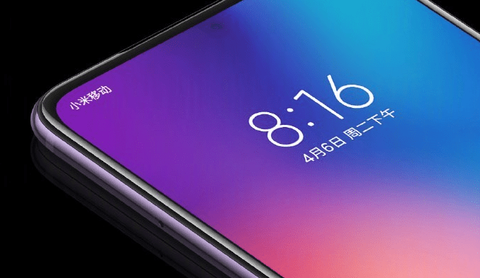The true full-screen seems to be no longer a concept. Not that long ago, the manufacturers were using the bangs screen, the drop screen, and punch-hole screen approaches to make the screen ration as higher as possible. Later, the pop-up camera design became one of the best solutions for genuine full-screen appearance. But all these technologies are going to become history. Today, two Chinese tech giants OPPO and Xiaomi demonstrated their own phones with the under-screen camera solution.
The industry is looking forward to the real commercial use of under-screen camera technology. It is widely believed that the development of this technology will push the full-screen to a new height. As said, OPPO and Xiaomi officially demonstrated their engineering machines with this technology onboard.
Based on the AMOLED’s self-illumination structure, the display panel does not need to be equipped with a backlight like an LCD. This means that it can be improved by technology to make the thickness of the panel thin enough. When the transmittance of the panel reaches a certain standard, the light passing through the panel is sufficient for imaging the front camera hidden under the panel.
However, before, the transmittance of the panel has always been a headache for panel suppliers. Even a top-notch OLED supplier such as Samsung has had difficulties to provide a mature high-transmission AMOLED panel solution. That’s why the current screen panel is transparent. The rate usually only meets the needs of infrared sensors or proximity sensors. Similar sensors are used in devices such as the Galaxy S10 series and OPPO Find X.
Anyways, from the demonstration of Xiaomi and OPPO, we can see the camera hidden in the bottom of the screen does not affect the display when it is used. The camera area can also display images as normal as other areas. When the user needs to take a selfie, the camera area will start working.
But these are just engineering models. So we wonder which brand will be the first to bring a commercially available product to the market.
Follow Gizchina.com on Google News for news and updates in the technology sector.
